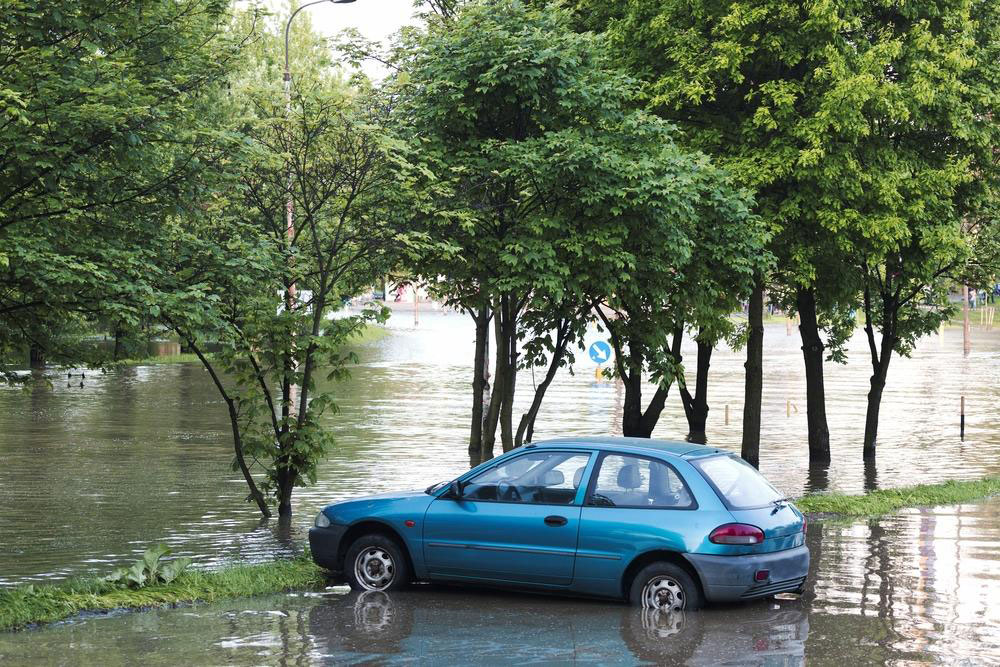Features of the National Flood Insurance Program
The National Flood Insurance Program is an endeavor that was taken up by the Congress of the nation in 1968. Owing to the high frequency of hurricanes and tornadoes in several parts of the country, a flood insurance program gives individuals who own property the power to purchase insurance for that property in the case of losses suffered due to flooding. This insurance will consequently keep these property owners financially secure in the event of flooding.
The chief features of the National Flood Insurance Program
The aim with which the Congress implemented this program was to reduce the impact of floods on the public and private property.

The National Flood Insurance Act of 1968 gives FEMA the consent to provide flood insurance programs only to the area that have an appropriate public body that has adopted strict floodplain management regulations for high-risk areas. Community participation is emphasized upon and recommended because it helps to take every individual’s effort to prevent damage into consideration.
The policies of the National Flood Insurance Program
Flood insurance coverage involves two main policies, one that is applicable to personal property owned by an individual (this coverage extends to $100,000), and one that is related to insuring their homes (this coverage extends to $250,000). Either one or both policies can be purchased. In areas that are prone to flooding, – Special Hazard Flood Areas – purchasing flood insurance becomes a necessity for a homeowner or a property owner.
What standard homeowners insurance lacks and flood insurance provides is the coverage for actual damage caused to property by floods, which makes flood insurance programs a much more viable option for several communities.

